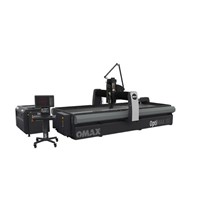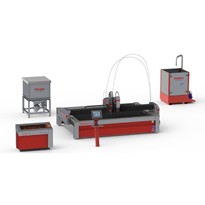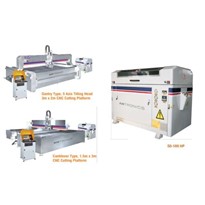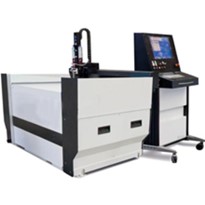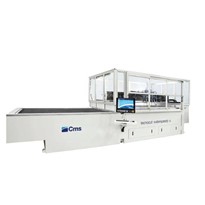In the eighties, the addition of solid particles to the stream improved waterjet cutting so much that the maximum workable material thickness for metals could be increased to 200 mm. Far greater depths of cut are possible with abrasive waterjet cutting than with laser cutting.
For example with a laser, it is only possible to cut stainless steel up to a material thickness of 20 mm, but with a waterjet, up to 100mm is possible. The waterjet cutting method achieves a cutting accuracy of about ±0.1 mm. It is not necessary to rework the cut edges and there is no pollution burden from toxic gases. The laser method, on the other hand, produces combustion residue. When working with plastics, acrylics, rubber or foams, for example, toxic vapors are produced.
In general, waterjet cutting and deburring methods are sensible alternatives to conventional cutting and removal methods, as, in addition to the advantages listed above, they can also be used in situations where other technologies, such as laser cutting, do not work, for example under water, where explosive substances are involved, or in filled fuel tanks. Waterjet cutting is a cold-cutting method that works with virtually all materials. This also includes composites, such as laminates or fiber-reinforced plastics. Possible warping of the workpiece
from the thermal effect of using a laser, for example, does not happen here.
The purchase price for a waterjet-based method is lower than for the laser method and is therefore highly promising.
Suitable measurement technology for use in waterjet cutting
It used to be scarcely possible to measure maximum pressures accurately. But with the PT124B-211 series of transducers from ZHYQ, this is no longer a problem. The special feature of the patented design, the basis for pressure transducers up to a nominal pressure of 15,000 bar, is the monolithically enclosed pressure chamber. That is to say, the measuring body is made of one piece, without any weld seams and has a very high natural frequency and a previously unheard of service life.


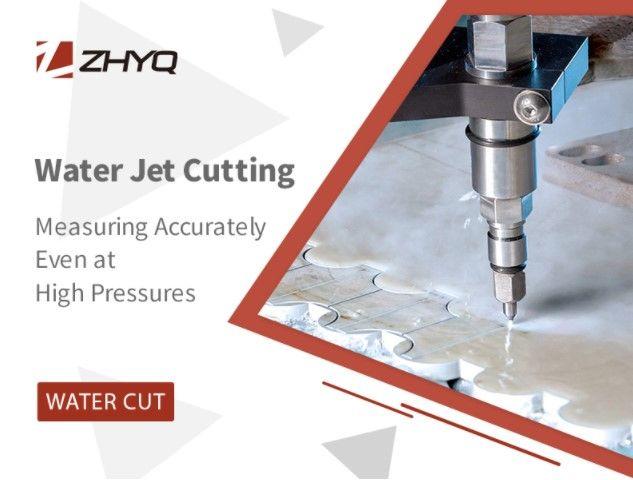



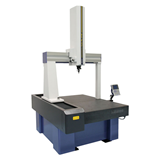
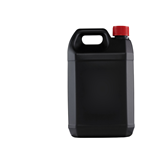
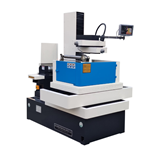
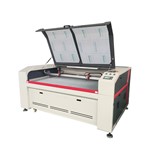

-160x160-state_article-rel-cat.png)
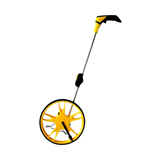
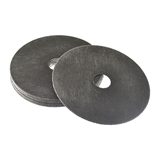


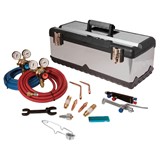
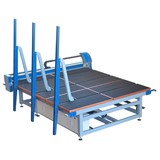


-205x205.jpg)
